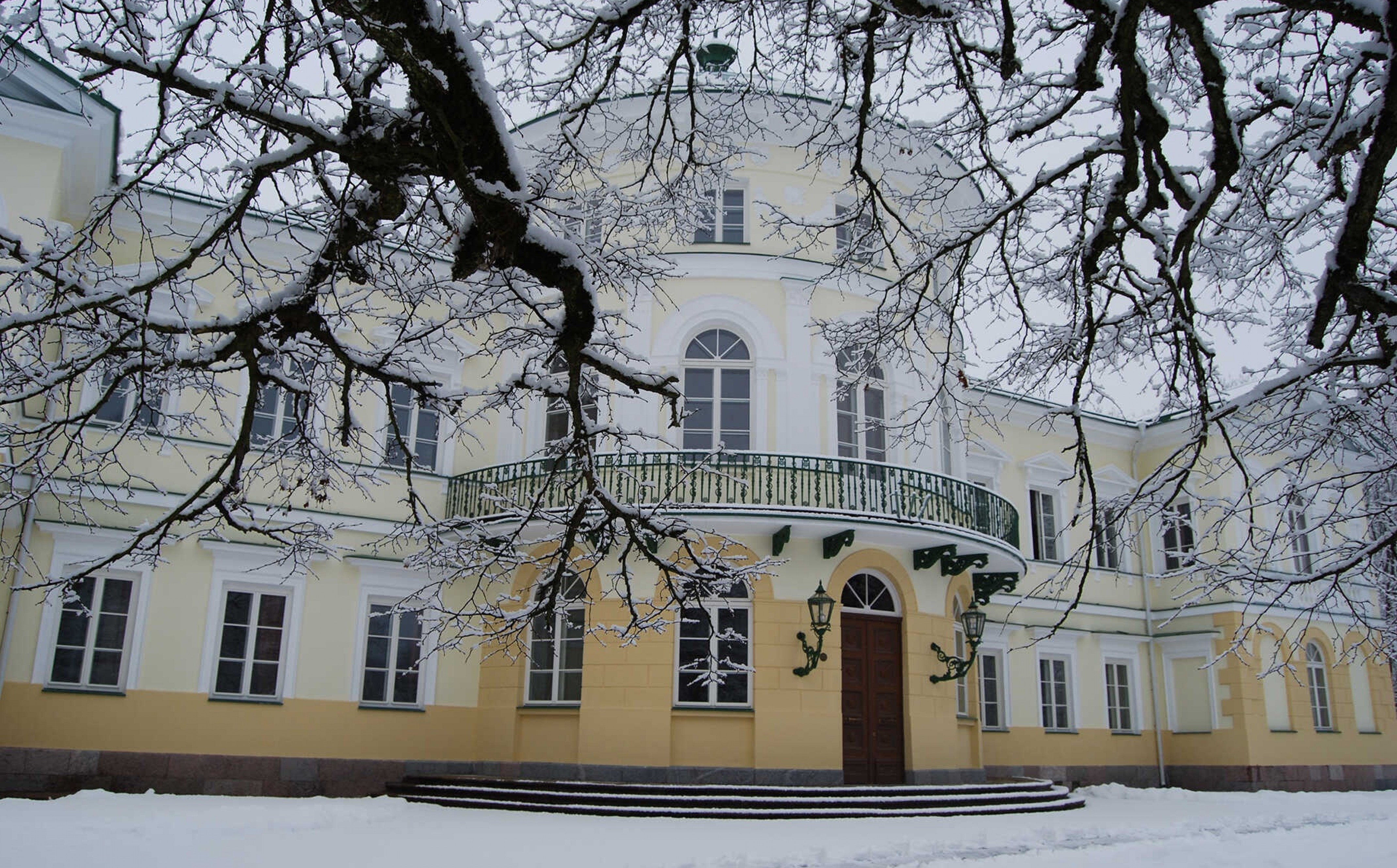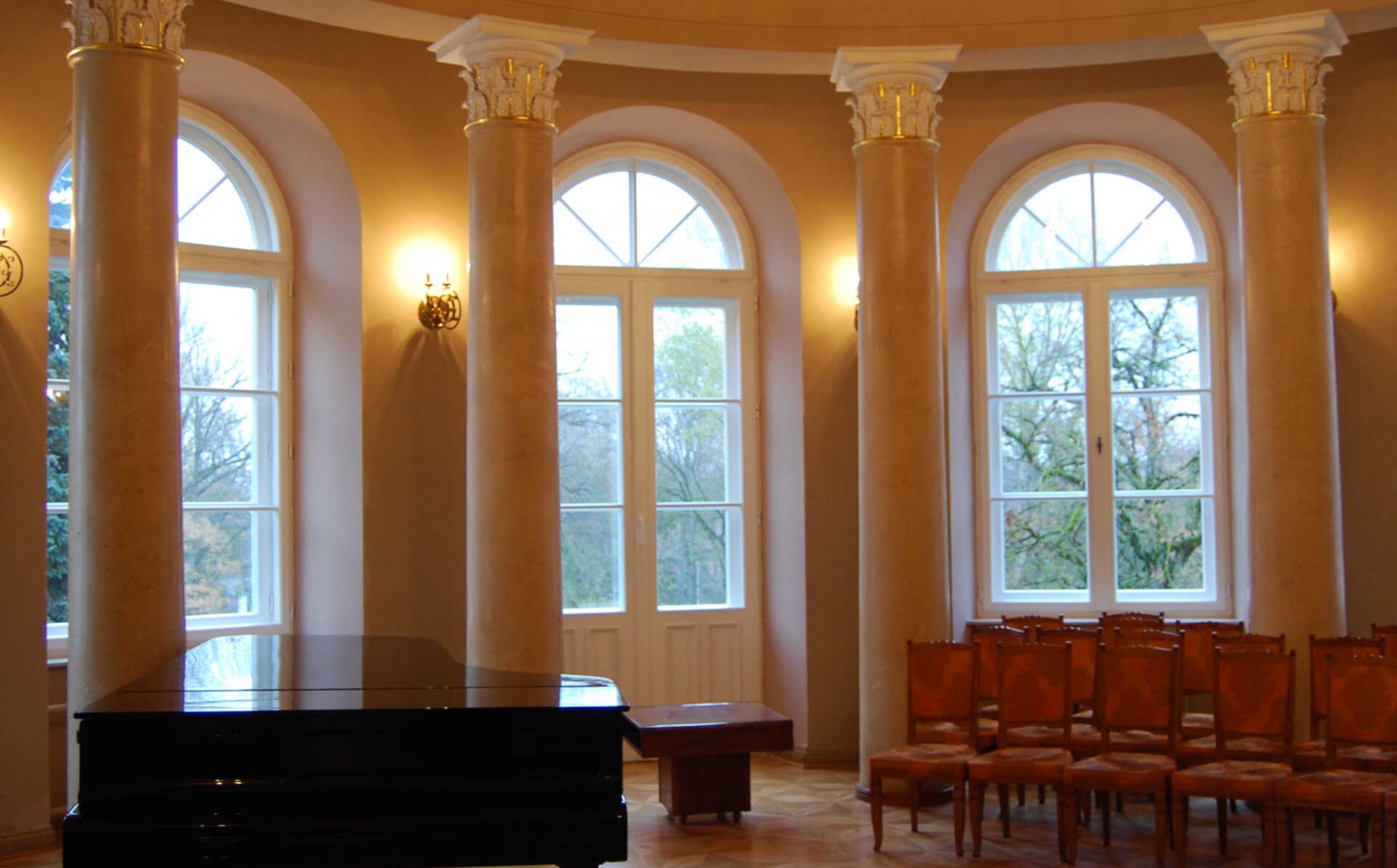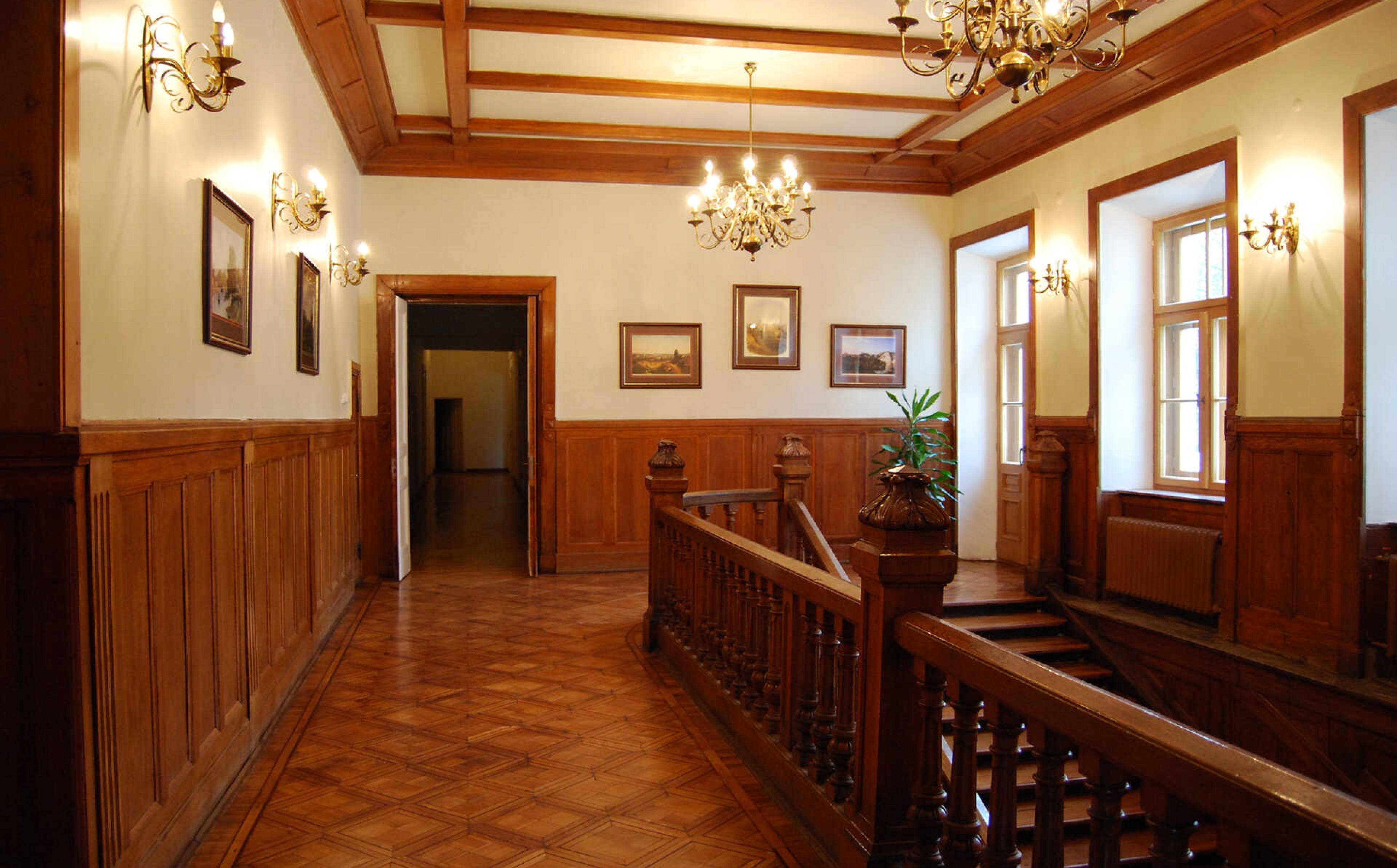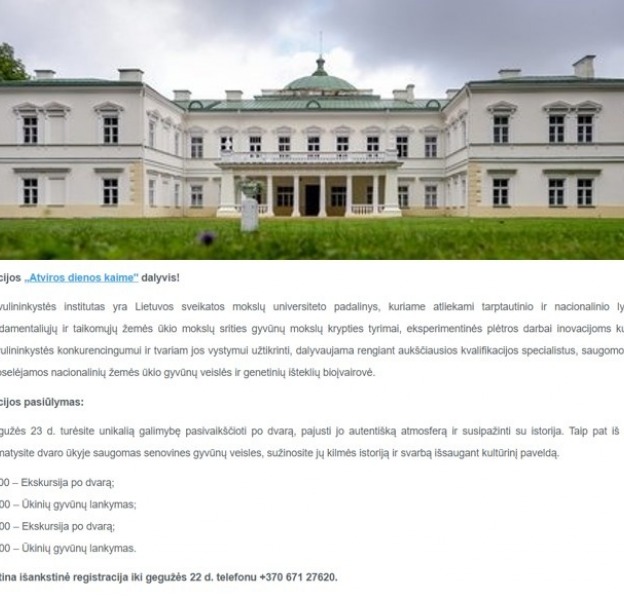Baisogala Manor
- Home
- Map of Castles and Manors
- Baisogala Manor
Baisogala Manor was first mentioned as a royal estate in the written reccords of the 16th century. In 1666, with the permission of King John Kazimierz, Baisogala was leased to Horbovski, later it was owned by the noble Suchodolskis.
In 1796 according to the script of Tsar Pavel I, Duke Juzef Poniatovskis inherited Baisogal forever. He later sold the estate to marshal Vojcech Puslowski. After V. Puslovski's death, his descendants sold the estate to Eustachy Chrapovicki.
Around 1930 the manor was bought by Juozaps Komaras, the former colonel of Emperor Napoleon Bonaparte's army and owner of Raguvėlė Manor. The Manor, together with eight pavilarks was inherited by Vladislovas Komaras, the noble marshal of the Panevėžys area.
He permanently resided in Baisogala after his marriage to Kotryna Zajančkovska. When V. Komaras died, the Manor passed down to the eldest son from his second marriage, also named Vladislovas. He was the last owner of the manor and owned it until nationalization in 1940.
Baisogala manor ensemble was built in the end of the 19th century - 20th century (the manor house - 1830-1847). During the rule of the Komaras family, the manor was several times rebuilt and enlarged, restored. The Komaras also enjoyed all the comforts of that time: bathrooms, plumbing and central heating.
The whole Manor complex consists of 17 buildings. In 1952 'The Lithuanian Institute of Animal Husbandry' was established in the Manor and is still operating.
The manor house is surrounded by a 12-hectare park, which dates back to the 19th century. It has a number of exotic of trees, ponds, alleyways of old linden and chestnut trees.



